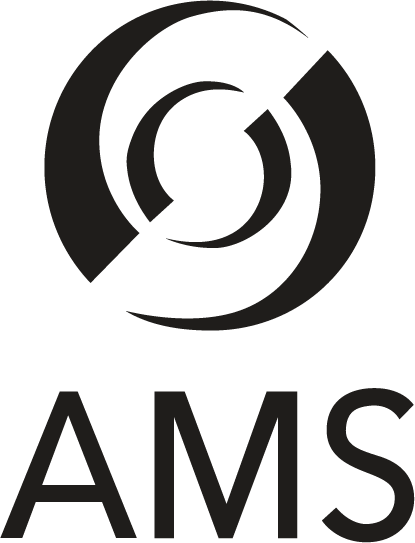SN74LS138N
Microcircuits, Electronic
MICROCIRCUIT,DIGITAL
SN74LS138N
5962 - Microcircuits, Electronic
Texas Instruments Incorporated
MICROCIRCUIT,DIGITAL
ACT NOW! SUBMIT A QUICK QUOTE.
Technical Characteristics
-
Operating Temp Range
-0.0/+70.0 deg celsius
-
Input Circuit Pattern
6 input
-
Terminal Type And Quantity
16 printed circuit
-
Storage Temp Range
-65.0/+150.0 deg celsius
-
Time Rating Per Chacteristic
27.00 nanoseconds maximum propagation delay time, low to high level output and 41.00 nanoseconds maximum propagation delay time, high to low level output
-
Terminal Surface Treatment
solder
-
Voltage Rating And Type Per Characteristic
7.0 volts maximum power source
-
Inclosure Configuration
dual-in-line
-
Inclosure Material
plastic
-
Output Logic Form
transistor-transistor logic
-
Features Provided
low power and schottky
-
Body Height
0.180 inches maximum
-
Design Function And Quantity
1 decoder, three to eight line
-
Body Length
0.870 inches maximum
-
Body Width
0.240 inches minimum and 0.260 inches maximum
-
~1
on certain environmental and performance req
-
Test Data Document
89536-407585 specification (includes engineering type bulletins, brochures,etc., that reflect specification type data in specification format; excludes commercial catalogs, industry directories, and similar trade publications, reflecting general type data


 Certified to
Certified to









